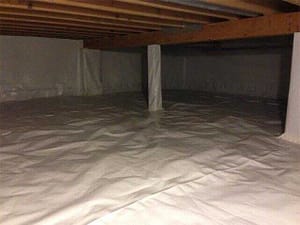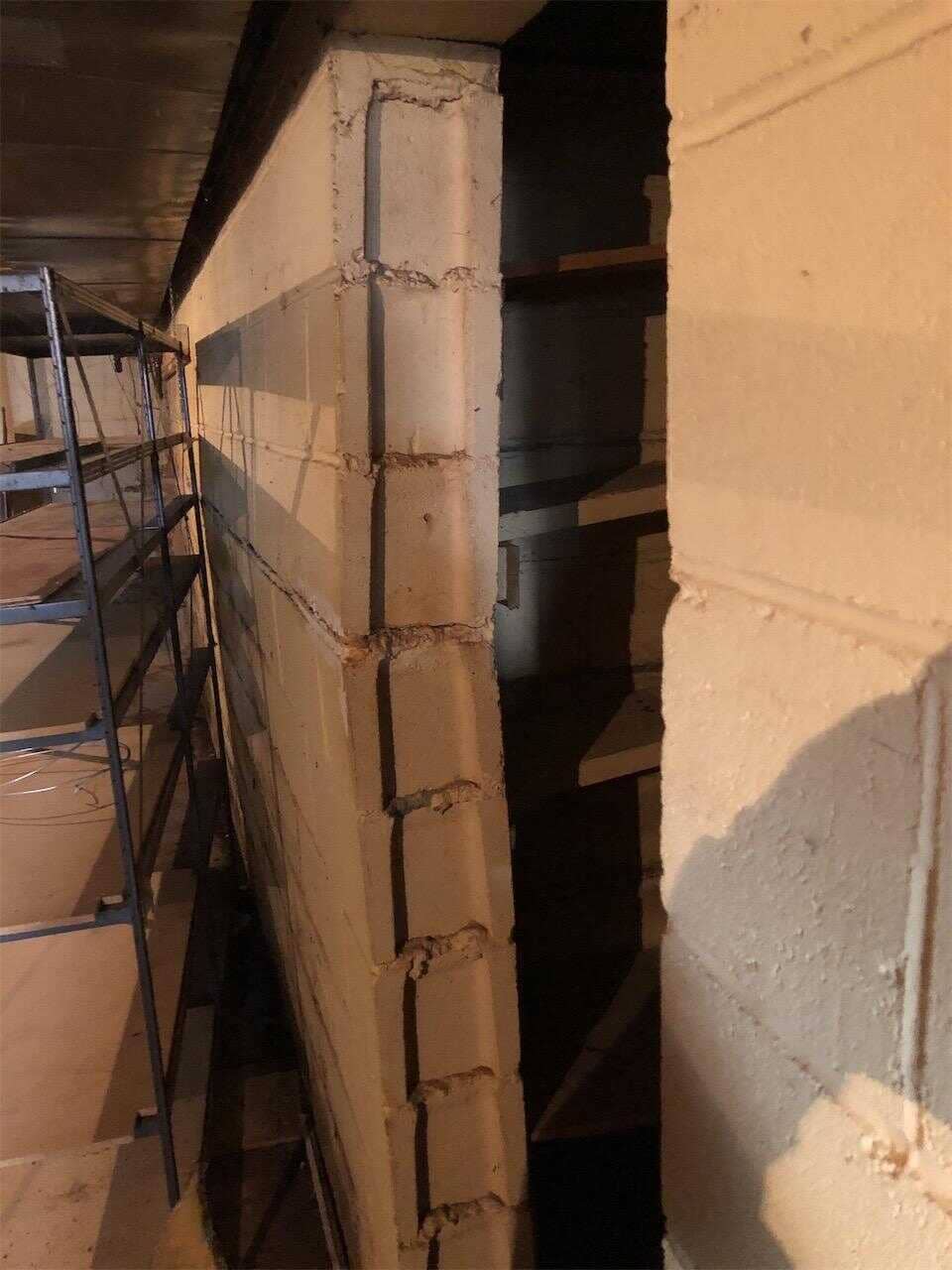Some Known Questions About Best Basement Waterproofing.
Table of ContentsGetting My Best Basement Waterproofing To WorkNot known Details About Best Basement Waterproofing What Does Best Basement Waterproofing Do?Excitement About Best Basement WaterproofingMore About Best Basement Waterproofing
What creates water damage issues in your cellar? Pipes that line the within of your wall surfaces are just one instance of where water damages can take place.The dirt and ground of your home is extremely essential. If there is way too much water bordering your home, nevertheless, it can push the dirt into your home and create the seals of your cellar to come to be jeopardized. Best Basement Waterproofing. when you see excess water in position where it must not be, that is an excellent indication that you have a trouble
Concrete waterproofing finishings are cement-like; when completely dry, they adhere permanently to concrete and stonework wall surfaces. You use the finishing with a heavy brush made with bristles swirled during application for an attractive, finished appearance. Nevertheless, concrete water resistant coverings can not be applied to formerly painted surface areas Silicate-based concrete sealers, additionally called densifiers, are also appropriate only for walls that have not been repainted or sealed.
Because these are passing through sealants, they can not exfoliate or peel off, and you can have paint used over them. The American Eagle group might uncover more challenging reasons for your moisture concerns; there are extra remedies available. Plastic sheets and panels may be incorporated with indoor cellar water drainage systems. They do not stop water from obtaining through the wall surface, however they do stop it from ruining points in the cellar.
The Ultimate Guide To Best Basement Waterproofing
A sump pump is needed to move water out of your cellar. In order to effectively advise a solution for your damp basement, call American Eagle for a no-obligation visit. Our service technicians will certainly have the ability to describe which solutions are choices for your home. Why should you waterproof your cellar? Here are a couple of points the experts can install to help the waterproofing procedure: this is created for the walls of your basement (Best Basement Waterproofing).

Basement waterproofing is an excellent method to obtain in advance of possible water damages that may come your method.
The Ultimate Guide To Best Basement Waterproofing
When it involves securing your home, among the most crucial actions you can take is basement waterproofing. A completely dry cellar not just ensures a secure and healthy atmosphere for you and your household, however it additionally assists to avoid expensive water damage and mold and mildew development. In this blog site message, we will certainly discuss the value of cellar waterproofing, the advantages it provides, and how you can deal with protecting your room.
By investing in basement waterproofing currently, you can assist to ensure that your home keeps its value and good looks over time. One more benefit of basement waterproofing is that it can help to decrease your energy expenses. additional reading A wet cellar can add to higher levels of moisture in your home, which can make your a/c system work tougher to maintain a comfy temperature level.
When it involves basement waterproofing, there are numerous approaches that can be made use of to maintain water out of your room. These include indoor sealers, exterior waterproofing membranes, and drain systems. The best approach for your cellar will certainly depend upon factors such as the degree of water breach, the problem of your structure, and your spending plan.
In conclusion, cellar waterproofing is a critical action in protecting your home from water damage, mold growth, and various other issues. By purchasing cellar waterproofing, you can make sure that your area continues to be dry, risk-free, and healthy for you and your household. Not just does cellar waterproofing offer satisfaction and security for your home, yet it can also raise its value and save you money on energy expenses over time.
The Single Strategy To Use For Best Basement Waterproofing
Interior sealants are a type of cellar waterproofing approach that entails applying a sealer to the within the cellar walls and floors. Water can seep right into a basement with cracks, voids, or permeable concrete, specifically in locations where there is high groundwater or inadequate water drainage. This can bring about water damages and mold development, in addition to damages to the structure and structural integrity of the building.
The sealant produces an obstacle that protects against water from seeping via the concrete. This method is just efficient browse around this site for minor water damage and does not resolve the underlying causes of the wetness. The main source of the demand for exterior basement waterproofing is water infiltration from the beyond the structure walls.
It is a reliable service for protecting against water damages and protecting the architectural integrity of the building. It can be expensive and turbulent to install, as it requires excavation around the foundation and may entail landscaping and various other repairs once the waterproofing is full. This method is the most trusted and long-lasting service for avoiding water infiltration in the cellar.
The Best Basement Waterproofing Statements
